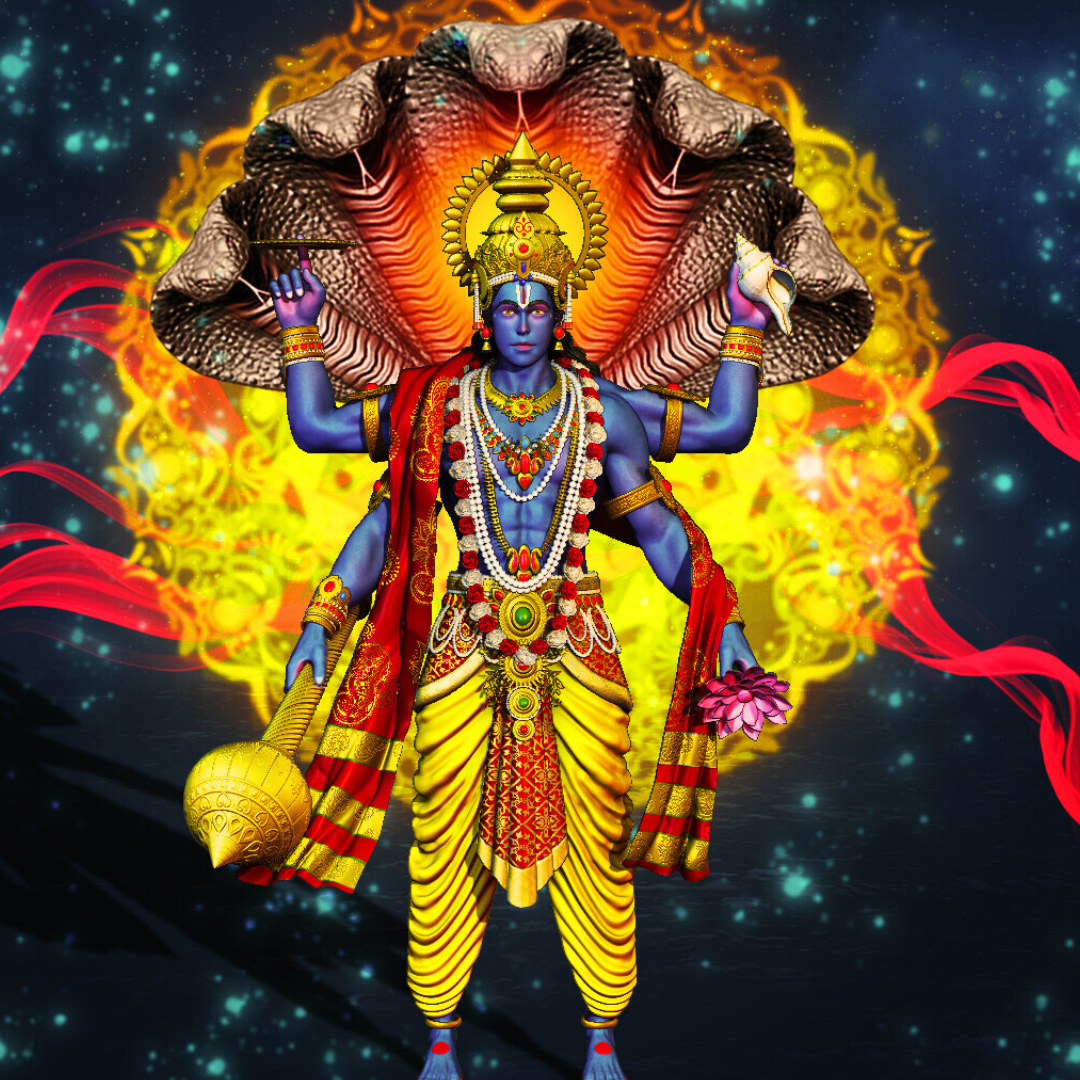Tagged: Bhagavatam, Bhagwat, Granth religion, Krishn., mantra, Parikshit, sanatan, SanatanDharma, Skand, Srimad, Srimad Bhagavatam, vishnu
- This topic has 0 replies, 1 voice, and was last updated by .
-
AuthorPosts
-
May 7, 2023 at 4:34 am #1266Up::6
-जन्मादि अस्य यतो’नवयाद इतरतश कार्तेश्व अभिज्ञ: स्वराट ||
The Bhagavata Purana, also known as Srimad Bhagavatam, is one of the eighteen major Puranas in Sanatan. It is considered to be one of the most important and widely-read Puranas, and is a devotional text dedicated to the worship of Lord Vishnu and his avatars, particularly Krishn. The Bhagavata Purana is written in Sanskrit and consists of twelve cantos (books), each of which contains a number of chapters. It contains stories, teachings, and philosophical discussions related to Sanatan and its various traditions. The text is believed to have been composed between the 8th and 10th centuries CE, and has been influential in shaping Sanatan culture and spirituality. It would be more appropriate to call it an encyclopedia of Sanatan Dharma. In Shrimad Bhagwat Katha, coordination of fruitful work, selfless work, knowledge practice, accomplishment practice, devotion, grace, dignity, duality (Advait), duality (Sagun), and expressed or unmanifested mysteries are available. ‘Shrimad Bhagwat Purana’ is full of vivid description and sublime poetic beauty. It is an inexhaustible storehouse of knowledge. This Purana gives all kinds of welfare and cures all three types of sickness: physical, spiritual, etc. This is a great book of knowledge, devotion, and disinterest. There are twelve cantos in the Bhagavata Purana in which only the incarnations of Vishnu are described. In Naimisharanya, on the request of Shaunkadi Rishis, Lomharshan’s son, Ugrashrava Sut ji, has told the story of twenty-four incarnations of Shri Krishna through this Purana.

Skand is a Sanskrit term that means “section” or “chapter”. In the context of the Bhagavata Purana (Bhagwat Puran), skands refer to the twelve divisions or cantos of the text. Each skand is a self-contained unit that focuses on a particular aspect of Sanatan mythology, philosophy, and theology. Each skand of the Bhagavata Purana is composed of various chapters, or adhyayas, which further contain verses, or shlokas. The skands are arranged in a sequential order and cover a wide range of topics such as creation, cosmology, avataras, devotional practices, the nature of the divine, and stories of various gods and goddesses.
- Pratham Skand: This Skand sets the foundation for the rest of the text and includes the creation of the universe, the emergence of the various deities, and the birth and childhood of Lord Vishnu’s avatar Krishna.
- Dwitiya Skand: This Skand continues the story of Krishna’s childhood and describes his various pastimes, including his playful interactions with his friends and his defeat of the demoness Dhenuka.
- Trutiya Skand: This Skand focuses on the lineage of the Suryavanshi kings, including the famous King Bharata, and emphasizes the importance of detachment and renunciation.
- Chaturth Skand: This Skand tells the story of King Priyavrata and his sons, as well as the creation of the seven islands of the universe and the various planetary systems.
- Pancham Skand: This Skand contains the story of King Vena and the emergence of the Prajapatis, as well as the story of the sage Narada and his teachings on devotion to Lord Vishnu.
- Shashth Skand: This Skand includes the story of the demon king Hiranyakashipu and his son Prahlada, who is a devoted follower of Lord Vishnu.
- Saptam Skand: This Skand contains the story of the sage Narada and his teachings on devotion to Lord Vishnu, as well as the story of the birth of Lord Krishna.
- Ashtam Skand: This Skand focuses on the life and teachings of Lord Krishna, including his childhood pastimes and his interactions with his devotees.
- Navam Skand: This Skand continues the story of Lord Krishna and includes his various pastimes, such as his defeat of the demoness Putana and his lifting of Govardhana Hill.
- Dasham Skand: This Skand contains the story of Lord Krishna’s departure from this world and his reunion with his eternal consort, Radha.
- Ekadash Skand: This Skand includes the story of the king Parikshit and the sage Shukadeva, who instructs him on the path of devotion to Lord Vishnu.
- Dwadash Skand: This Skand concludes the text and includes various teachings on the nature of the universe, the soul, and the ultimate goal of human life, as well as the final liberation of King Parikshit.
The Bhagavata Purana is one of the most popular and influential texts of Sanatan, and its skands serve as a framework for organising and presenting the diverse ideas and narratives contained in the text. Each skand contributes to a comprehensive understanding of Sanatan, its beliefs, practises, and traditions.
~src : SRIMAD BHAGAVATAM
Attachments:
You must be logged in to view attached files. -
AuthorPosts
- You must be logged in to reply to this topic.